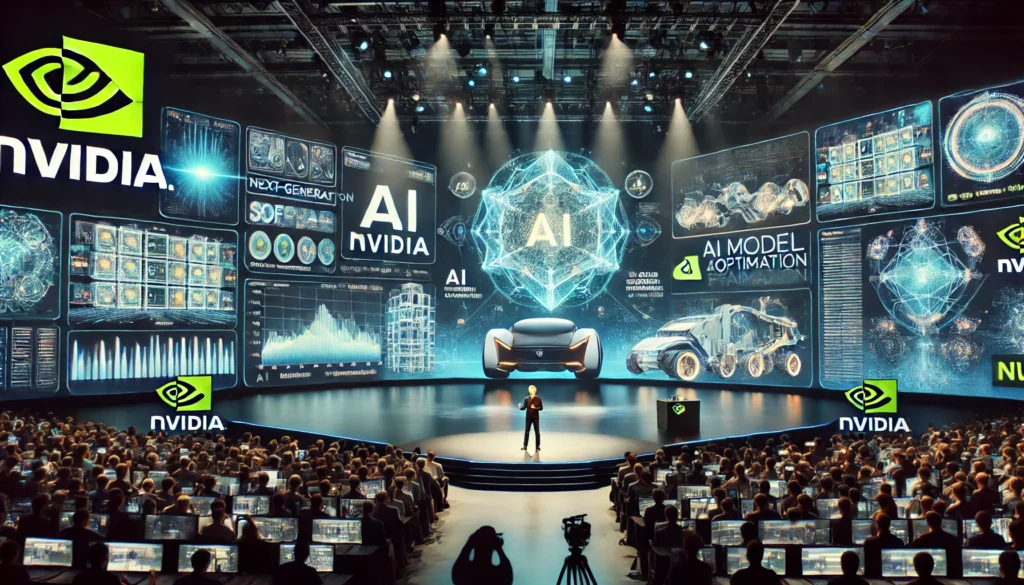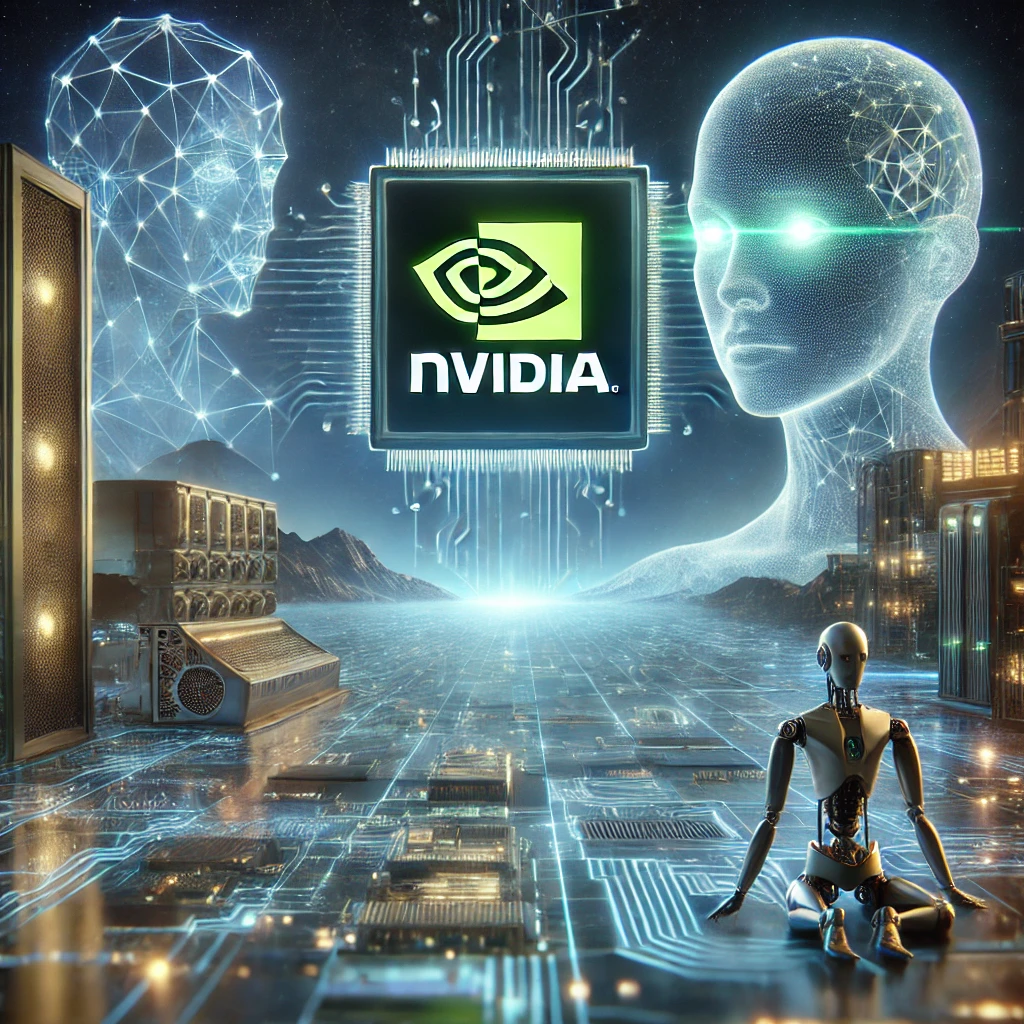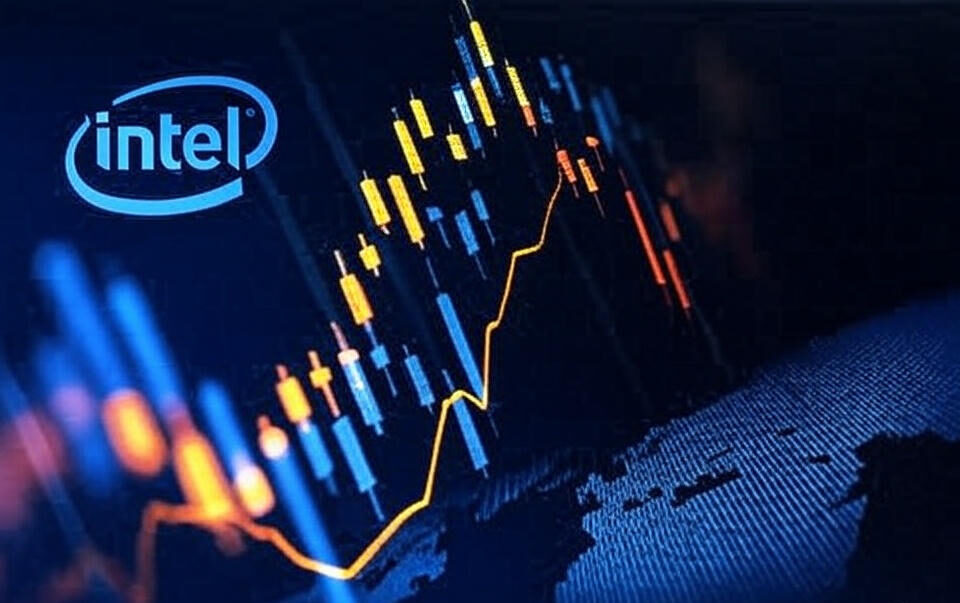
The GPU Technology Conference held in 2025 once again solidified Nvidia’s prominent positioning at the forefront of AI advancement and high-performance computing solutions. Led compellingly by CEO Jensen Huang, this year’s remarkable event unveiled groundbreaking innovations in GPU architecture and artificial intelligence that are destined to revolutionize myriad industries. From recreational gaming realms to serious AI research domains and expansive enterprise data centers to emerging autonomous systems, Nvidia’s freshest innovations will undoubtedly transform how computing is conceptualized and executed.
The conference laid bare Nvidia’s resolute commitment to continually expanding technological boundaries, revealing next-era GPUs, AI tools, and enhanced software solutions designed to not only promise unparalleled efficiency and prowess but also pave the way for the future of AI-driven applications and intelligent computing as a whole. Addressing capacity issues while facilitating previously unimaginable degrees of performance, these introductions will help catapult once futuristic technologies into the present and reinforce Nvidia’s leadership for years to come.
Introducing the Blackwell Ultra NVL72: A Leap Forward in AI Computing

A major highlight of GTC 2025 was the unveiling of the Blackwell Ultra NVL72, Nvidia’s latest high-performance GPU. Designed to handle the most demanding AI workloads and machine learning tasks, this cutting-edge processor offers unprecedented computational efficiency through an advanced architecture incorporating revolutionary neural networking accelerators and energy-efficient processing cores. The unveiling speech described its groundbreaking capabilities indetail.
This new GPU features advanced AI acceleration, breakthrough computational power through a massively parallel processor design, and an energy-efficient architecture that reduces power usage by an estimated 30% compared to previous models, setting new industry benchmarks in high-performance computing and presenting game-changing possibilities for developing increasingly human-level AI. Additionally, in a surprise announcement, Nvidia revealed plans for the future release of two additional GPUs, the Rubin NVL144 and the Rubin Ultra NVL576, slated for 2026 and 2027 respectively, that aim to push the boundaries of AI even further and better leverage cloud architectures for transformative applications.
The Blackwell Ultra not only drastically improves raw computational abilities through its unique deep learning tensor cores and enhanced virtual parallelism, but also introduces more efficient capabilities for training sophisticated neural networks, making it highly suitable for AI-driven industries engaged in complex tasks like autonomous vehicle development, medical diagnostic research demanding immense computational resources, and real-time analysis of large, heterogeneous data streams.
Next-Generation AI Tools and Software Enhancements

Beyond advancing hardware, Nvidia introduced a suite of AI-powered software meant to boost performance in many industries. These solutions aim to streamline AI workflows, optimize training models, and boost automation.
One major announcement was the AI Model Optimization Suite, which significantly accelerates model training and enhances inference efficiency. Additionally, Nvidia presented a Robotics AI Framework intended to further automation capabilities in industrial and manufacturing sectors. Meanwhile, for enterprises, new AI solutions were shown to strengthen security, scalability, and efficiency for cloud-based apps.
The integration of these AI tools into Nvidia’s ecosystem allows businesses and developers to leverage cutting-edge machine learning models, real-time analytics, and AI-driven automation with unprecedented speed, depth, and finesse. Complex automation and analyses can now be done with greater expediency, powering innovation.
Industry Impacts: Gaming, Cloud Computing, and Enterprise Solutions
Nvidia’s latest Blackwell and Rubin GPU series is expected to dramatically transform gaming, cloud computing, and enterprise data centers around the world. The groundbreaking enhancements in AI-driven processing and real-time rendering will fundamentally change how users interact with technology across many domains.
For the gaming sector, the new GPUs will deliver unprecedented frame rates alongside hyper-realistic, AI-powered graphics that push the limits of realism. Meanwhile, cloud platforms will leverage improved performance and reduced lag times through optimized, AI-driven infrastructures. Enterprise data centers will take advantage of enhanced protection, scalability and productivity through AI-driven solutions that strengthen reliability and efficacy of business applications.
With AI integration becoming ever more critical to modern programs, Nvidia’s pioneering developments are positioned to spur unprecedented efficiency and availability for companies globally. The disruptive innovations promise to reshape standards for many years to come through permeating applications with transformative AI capabilities.
Looking Ahead: The Future of AI and High-Performance Computing

With the unveiling of the massive Blackwell Ultra NVL72 along with plans for the impending Rubin lineup, Nvidia’s GTC 2025 showcase reaffirmed their pioneering position at the nexus of AI, GPU technology, and cloud infrastructure. The introductory announcements portend a seismic shift for developers, researchers, and enterprises leveraging AI-powered solutions.
Looking ahead, Nvidia’s sustained investments in AI research, ever-optimizing software, and continually advancing GPU architectures establish the foundation for groundbreaking progress in domains like personalized healthcare, autonomous robotics, predictive analytics, and beyond. As AI-driven computing grows ever more core to commercial and consumer applications, these innovations will play a defining role in sculpting the future of AI, gaming, and enterprise computing.
Final Reflections
Nvidia unveiled at GTC 2025 a roadmap with AI and HPC merging, crafting more potent, frugal, and scalable solutions. Technology’s swift changes ensure additional striking innovations in coming seasons. With each revelation, designers, enterprises and advocates anticipate what new horizons may open as capabilities exponentially progress. Though questions linger on what shape the future may take, Nvidia’s demonstration of AI driving HPC demonstrates their vision of these domains synergizing in a continual push for advancement.






